How do we get our students to remember what they learn in class? Sometimes it feels like our lessons go in one ear and out the other. The key to improving information retention is reflection. If we want our students to remember something, we have to give them time to consolidate it within their brains. That is where writing to learn is a powerful tool.
Of course, just giving students extra thinking time won’t be especially useful because their minds, like ours, tend to wander. Instead, we need to provide them with an activity that forces them to think deeply about what they just learned.

Short quizzes are great for this because students already understand the importance of a quiz and will try their best. On the other hand, quizzes may make your students feel anxious, and anxiety is terrible for developing new memories.
There is also the issue of effort. The more effort an activity requires, the stronger the neural connections students will make. Answering multiple-choice questions require the least effort because all of the answers are provided. Fill in the blank and short answer questions need more effort, but an open-ended writing prompt requires the most effort.
I want to pause for a moment and say that there are benefits to quizzes, multiple-choice, fill-in-the-blank, and short answer questions. They have their place in the classroom, but this blog post is about the benefits of writing.
When we ask students to write about a topic, they have to use many thinking skills at once. They have to decide which information to include, how to arrange the information, and how they want to write about it. Making all of these decisions and then executing them is incredibly mentally rigorous, so students make more substantial and more complex neural connections.

Writing also takes longer than thinking or talking about a topic, so your students have more time to reflect on their learning. This time is vital for processing information. Increased time allows the brain to move the new information toward long-term memory and look for patterns that will connect it to existing neural networks.
The power of writing is that it takes significant effort. Our students will benefit the most from writing tasks if they are short, informal, and low-stakes. The writing task’s purpose is to learn, so students don’t need to worry about proper grammar, spelling, or other conventions. They should instead focus on getting their ideas on paper.
Here are some ways you can using writing to learn in your classroom to increase student comprehension and memorization.
-
Summaries: At the end of a lesson, have students summarize what they learned in writing. You can limit the number of sentences allowed to force students to get creative. For example, summarize the Battle of Gettysburg in three sentences. Whether you limit sentences or not, you want to keep the summaries short. Just a few minutes of writing will help your students process what they learned.
-
Annotations: Go beyond symbols when having your students annotate texts. Ask them to stretch their thoughts into sentences. For example, I found this part surprising because I have been to the beach many times, and I have never found buried treasure.
-
Reading Journals: After free reading time, give students a few minutes to add to their reading journals. They can free-write about what they read or choose a prompt.
-
Class Tweets: Have your students write a tweet (140 characters or less) about what they learned. These are great for displays and get students to think about what they learned.
-
Metaphor Madness: Have students compare something from the lesson to a completely different topic. You may need to brainstorm lists to get students started with this activity because it requires a lot of thinking. For example, after a lesson on the nervous system, a student could compare the nervous system and a basketball team.
-
Finding Connections: This is an idea I read in Small Teaching, a fantastic book about small things you can do in your classroom to increase student achievement. Make a list of all of the topics you have taught throughout the year. Then, have students select any two topics and write about how they are connected.

If none of these ideas speak to you, that is okay! The most important thing is to get your students writing throughout the day. Even without a focus on writing mechanics, just the act of writing will help them improve as writers. Their cognitive skills will also improve, which will help them on content tests. Best of all, writing to learn is free. You don’t have to purchase any special equipment or resources. You have everything you need in your classroom already!
ARE YOU TEACHING SCIENCE?
I am working on creating more science units so that every science teacher can get exactly what he or she needs for her students. You can also read about how I use brain science to teach other science topics on my blog. Click the pictures below to learn more.
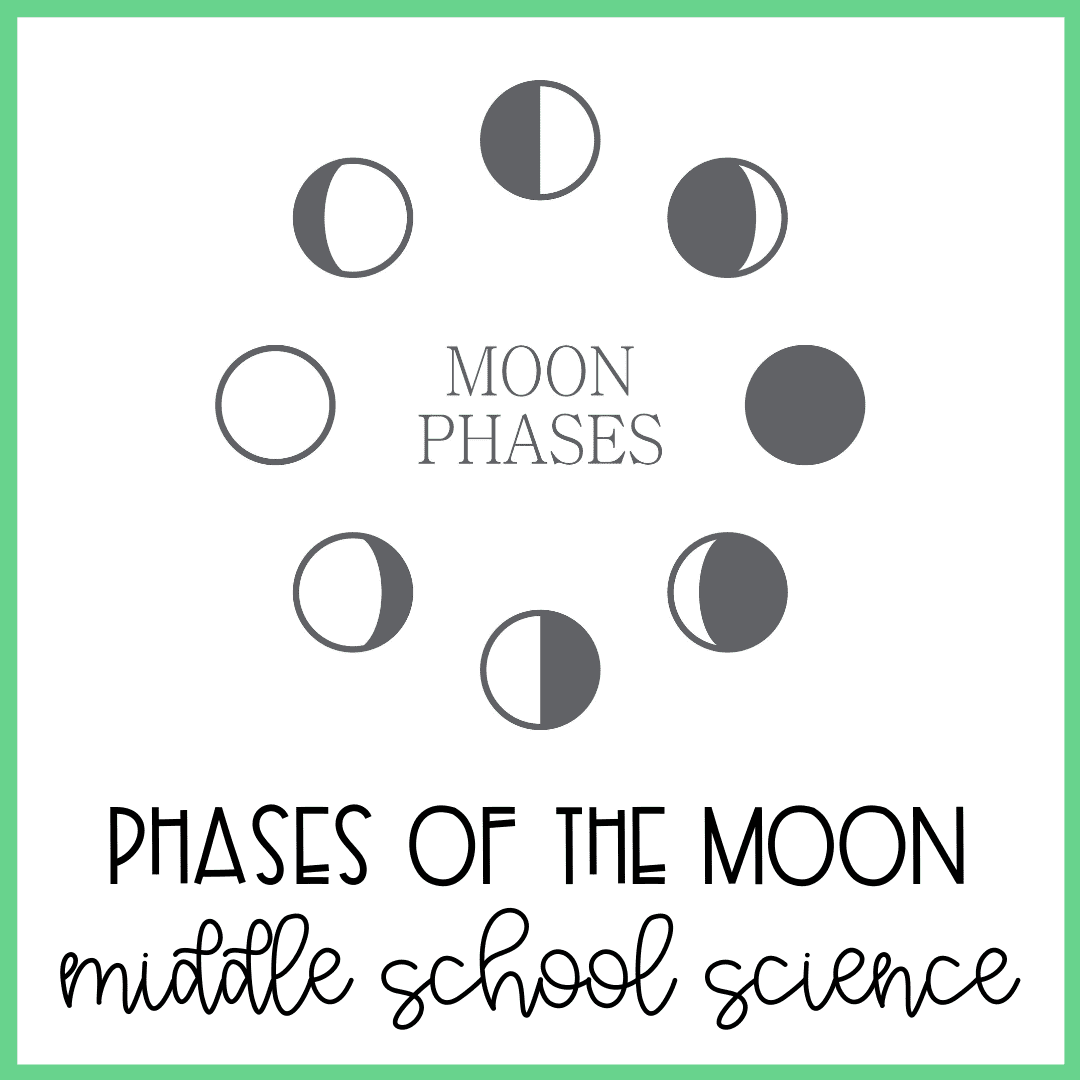
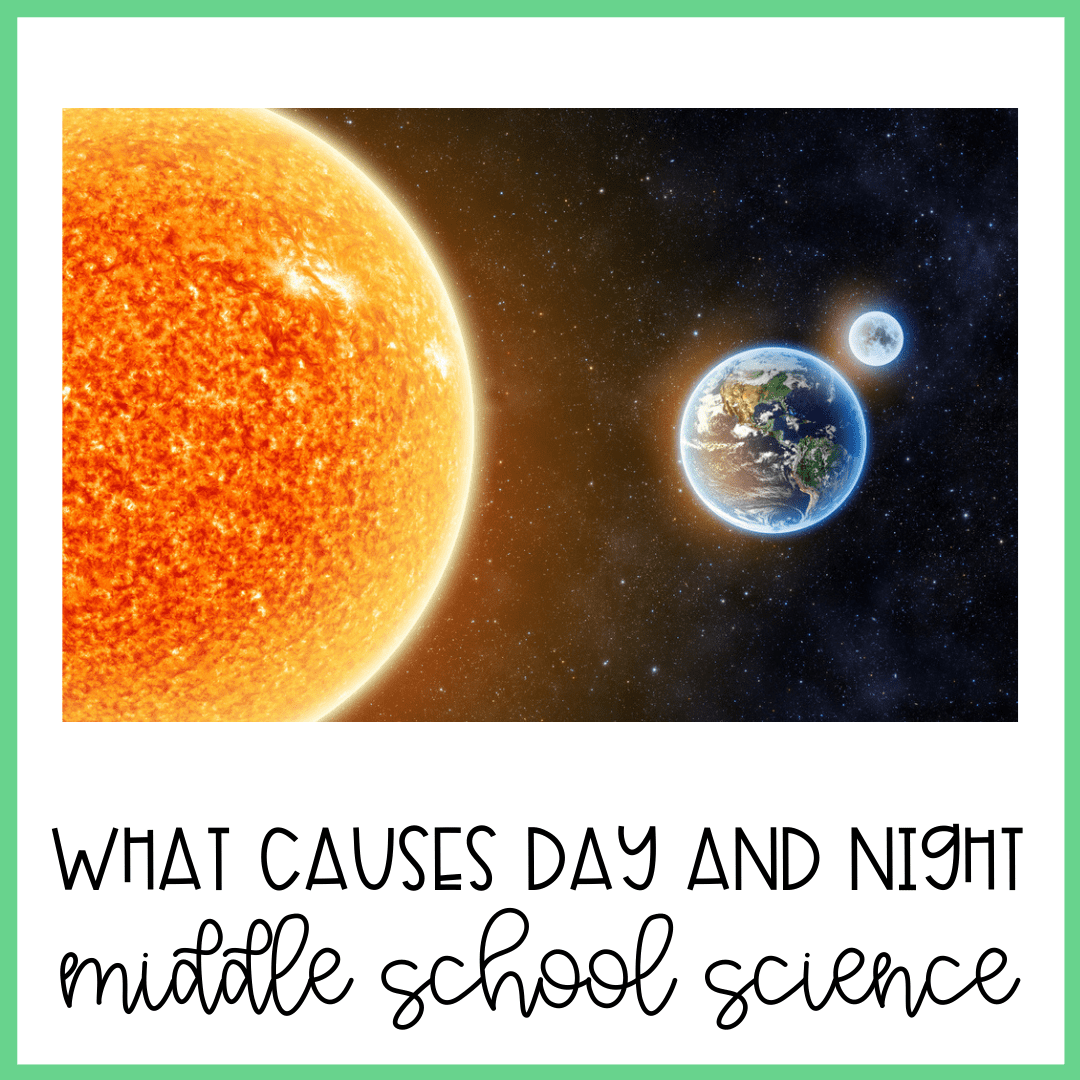
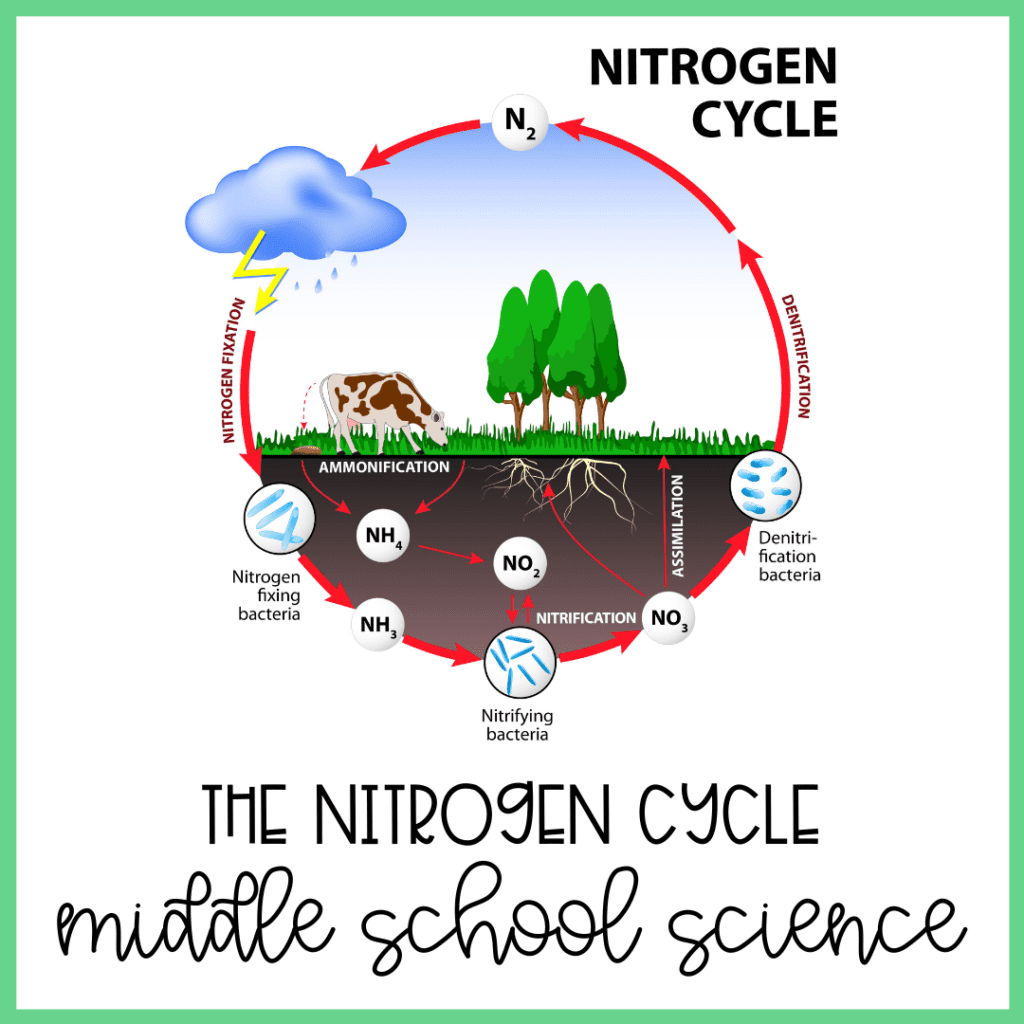
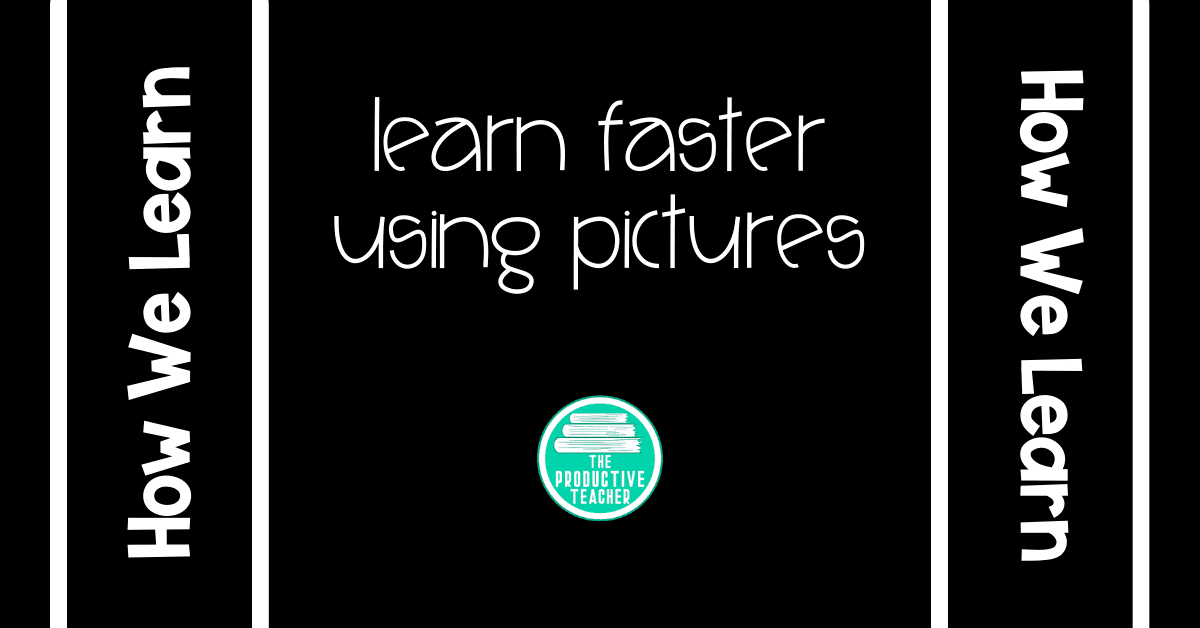
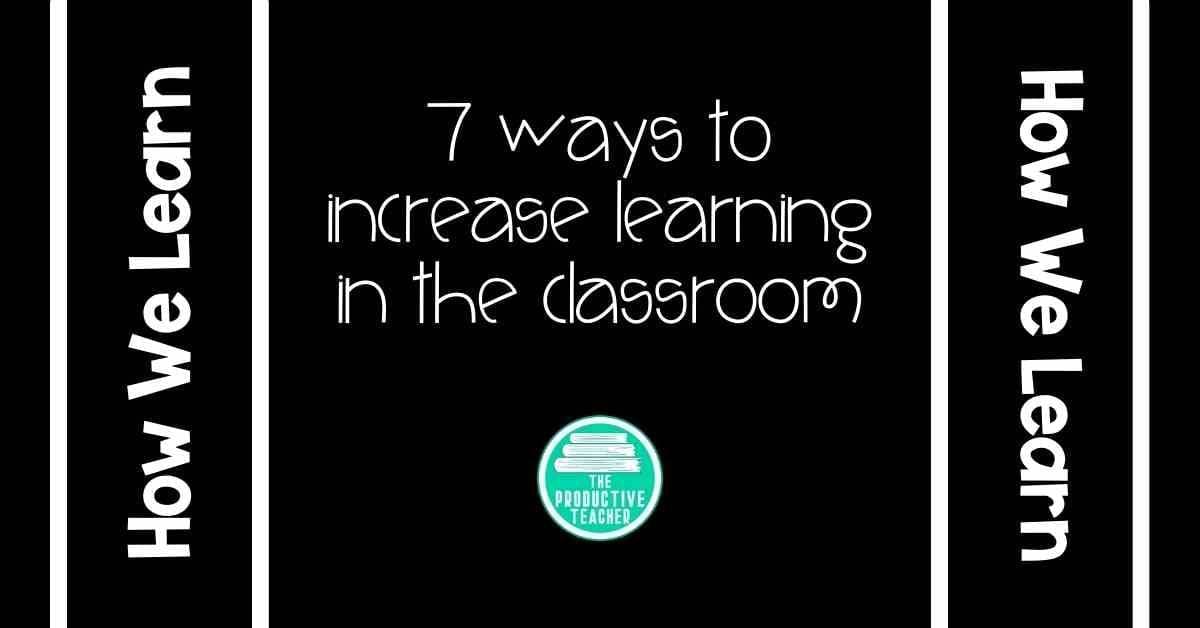
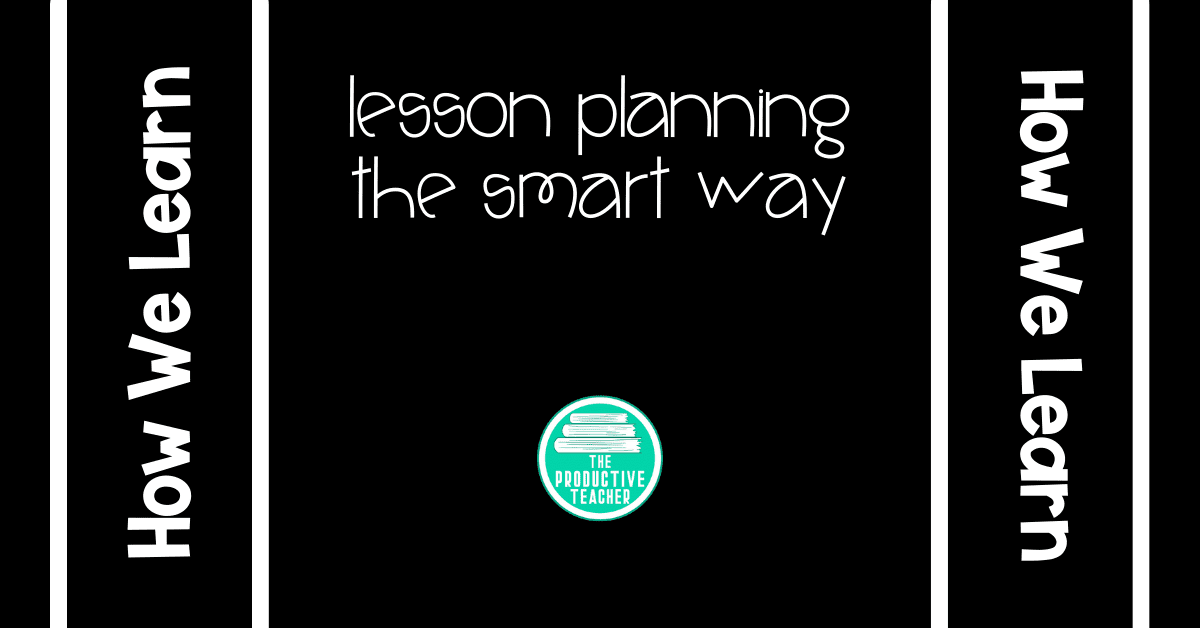
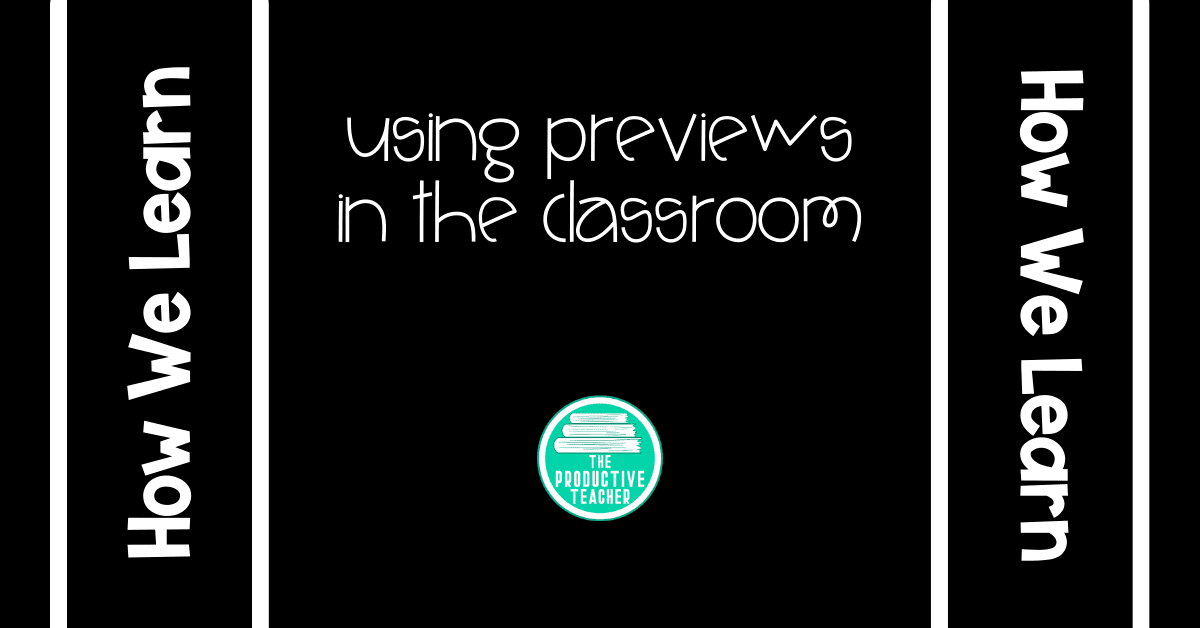
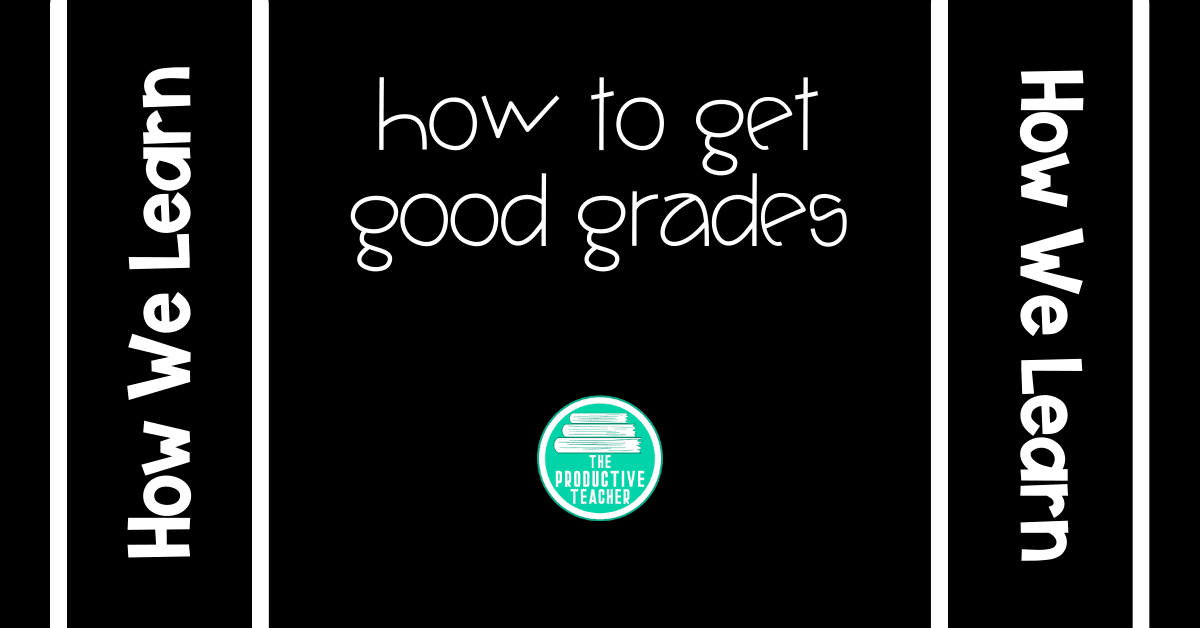
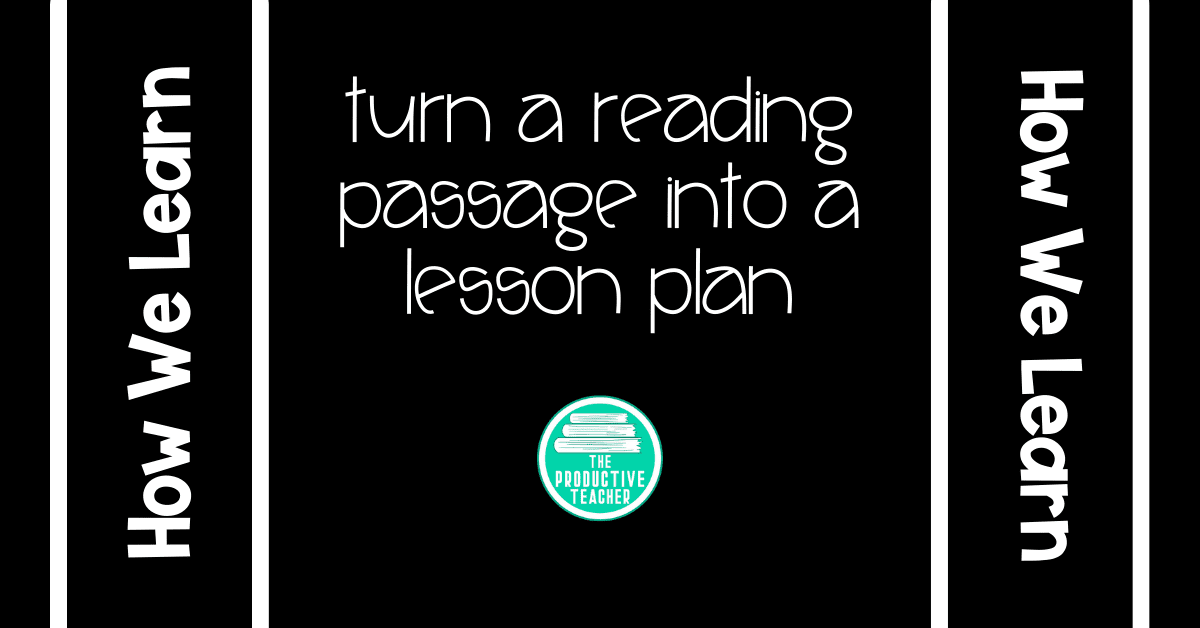
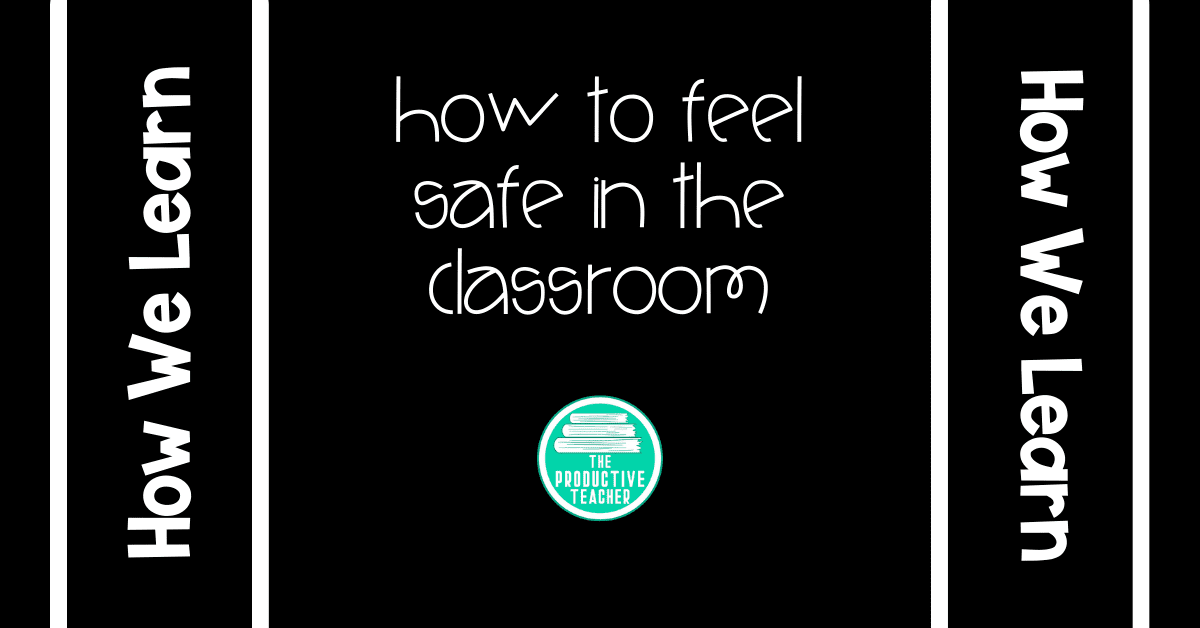
Leave a Reply